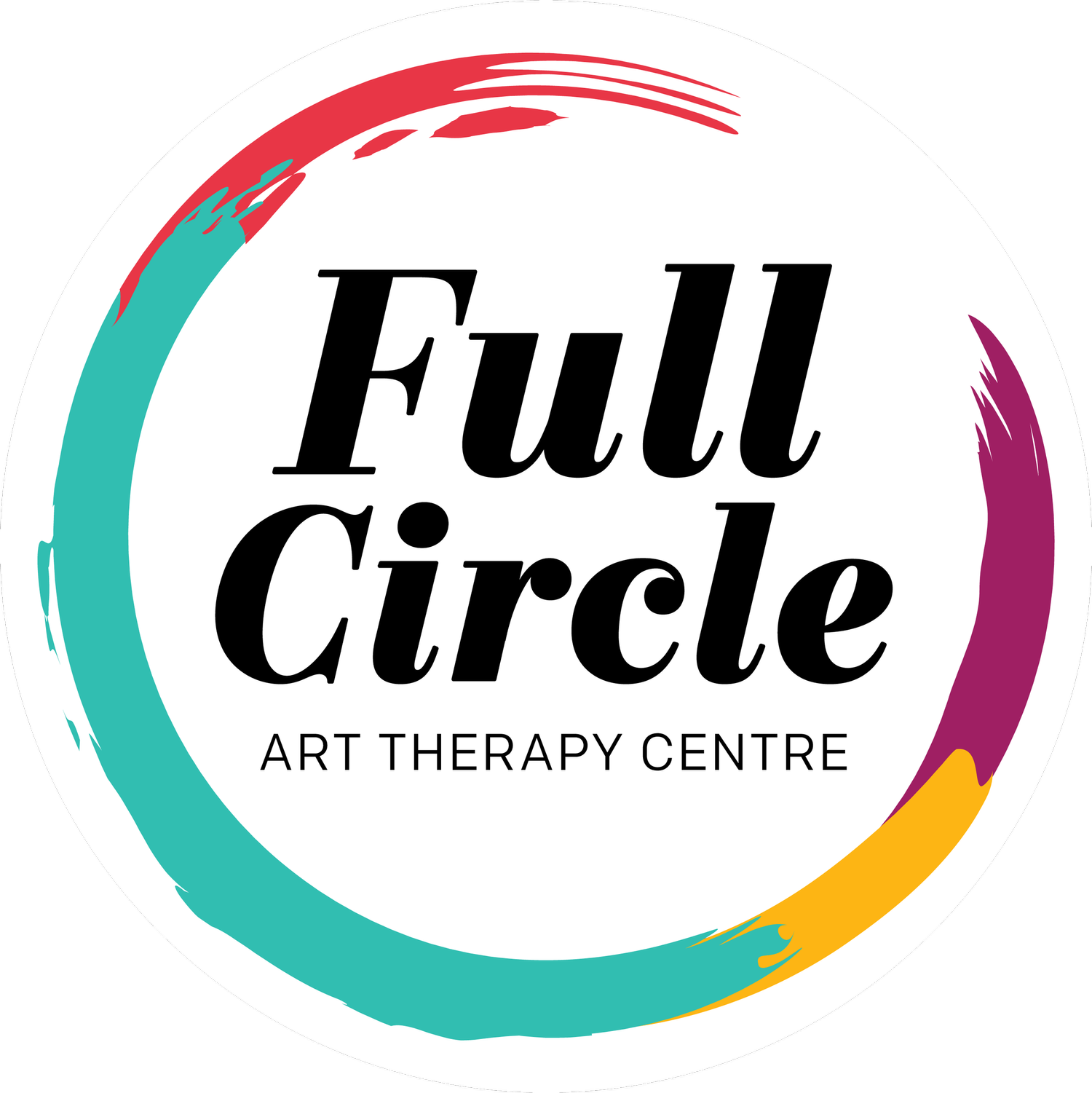How Art Making Can Help Manage Stress And Combat Burnout
Key Points:
Internal and External Stressors
Healthy vs Unhealthy Stress
Symptoms of Burnout/Chronic Stress
How Art Making Manages Stress
Art Therapy
Stress can come from both internal and external sources. External stressors are often related to excessive demands at work or conflict with those around us.
At the same time, internals may arise through our own feelings of not being good enough (the harsh inner critic), perfectionism, procrastination, or over-scheduling behaviour. Traumatic experiences in the past can also cause someone to be more sensitive and vulnerable when faced with stressful situations. This is because trauma affects our nervous system which plays a major role in how we feel stress and reacts to it.
Furthermore, it’s essential to recognize not all stress is “bad” or “unhealthy”. There are key differences between healthy and unhealthy types of stress - short-term 'Eustress' provides motivation for a task whereas long-term burnout is characterized by emotional and physical exhaustion caused by prolonged/chronic stress.
Unhealthy Effects of Stress
Stress can be an unpleasant but common part of life, however, if it is ignored or left untreated, its effects on your well-being can become quite serious. Everyone experiences different signs and symptoms depending upon the intensity and duration that they are exposed to stress.
Burnout of prolonged/chronic stress can lead to negative effects on the body and mind in various ways:
Fatigue
Sleep disruption
Digestive issues
Skin irritation
Body pain
Headaches
Lower motivation
Increased negative thoughts
Agitation lowers the stress threshold
Decreased ability to focus
Brain fog or memory issues
Burnout and chronic stress can damage your mental and physical health. Taking the time to identify what’s causing you stress, becoming aware of how it affects your body and mind, and crafting a daily means of coping with its effects will help keep residual levels in check so that you do experience burnout.
How Art Making Manages Stress
Finding coping strategies that help calm both the body and mind whenever you are experiencing stress will be the most effective, such as making art. Visual art making and creativity engagement can be a great stress relief in a few different ways:
1) Distraction/refocusing the mind.
Taking a break from stress can be an important part of resetting your mind and finding inner peace. Re-center yourself with activities that bring you joy, like listening to peaceful music, painting, or practicing mindful breathing exercises.
2) Cathartic Release
Taking the time to allow the expression of difficult thoughts, emotions and times can bring clarity while freeing you from stress. Learning how to do this in a healthy and productive manner is an incredibly valuable life skill!
3) Reflection & problem-solving through the art-making process
Reflection and problem-solving can be made easier through the creative process of art! Making something new provides an opportunity to look at problems in a fresh light, making it simpler to pinpoint solutions.
4) Mindfulness practice
The art-making process engages the body and mind and refocuses the attention on the here and now. It helps you stay connected with your body and get into the right headspace for creativity, allowing an appreciation of each moment as it comes.
5) Sensory-based relief in the creative process.
Engaging in art-making can be enjoyable and lead to relaxation and calming of the nervous system. Making art gives you the opportunity to channel any anxious energy into a meaningful outlet, as it engages all of our senses in calming yet stimulating ways.
Additionally, a recent study (2016) found that participants experienced a significant reduction in stress levels in their body and cortisol levels, after engaging in just 45 minutes of art making.
If you experience chronic stress, therapy, or other mindfulness stress relief coping strategies could also be helpful in managing stress levels. Art therapy combines, psychotherapy and art making, so you can experience the benefits of speaking to a mental health professional as well as the positive effects of art making which I outline above. To find out more information about Art Therapy you can review the Canadian Art Therapy Association & American Art Therapy Associations websites.
References:
Bauer, K., Koch. S. C., Martin, L., et al., (2018). Creative Arts Interventions for Stress Management and Prevention—A Systematic Review, Behavioral Sciences (Basel), 8 (28): 28.
Kaimal, G., Ray, K. & Muniz, J (2016). Reduction of cortisol levels and participants' responses following art making, Art Therapy, 33 (2), 74-80.
Visit Full Circle Art Therapy Centre for more information about art therapy treatment for individuals (children & adults) and groups.
